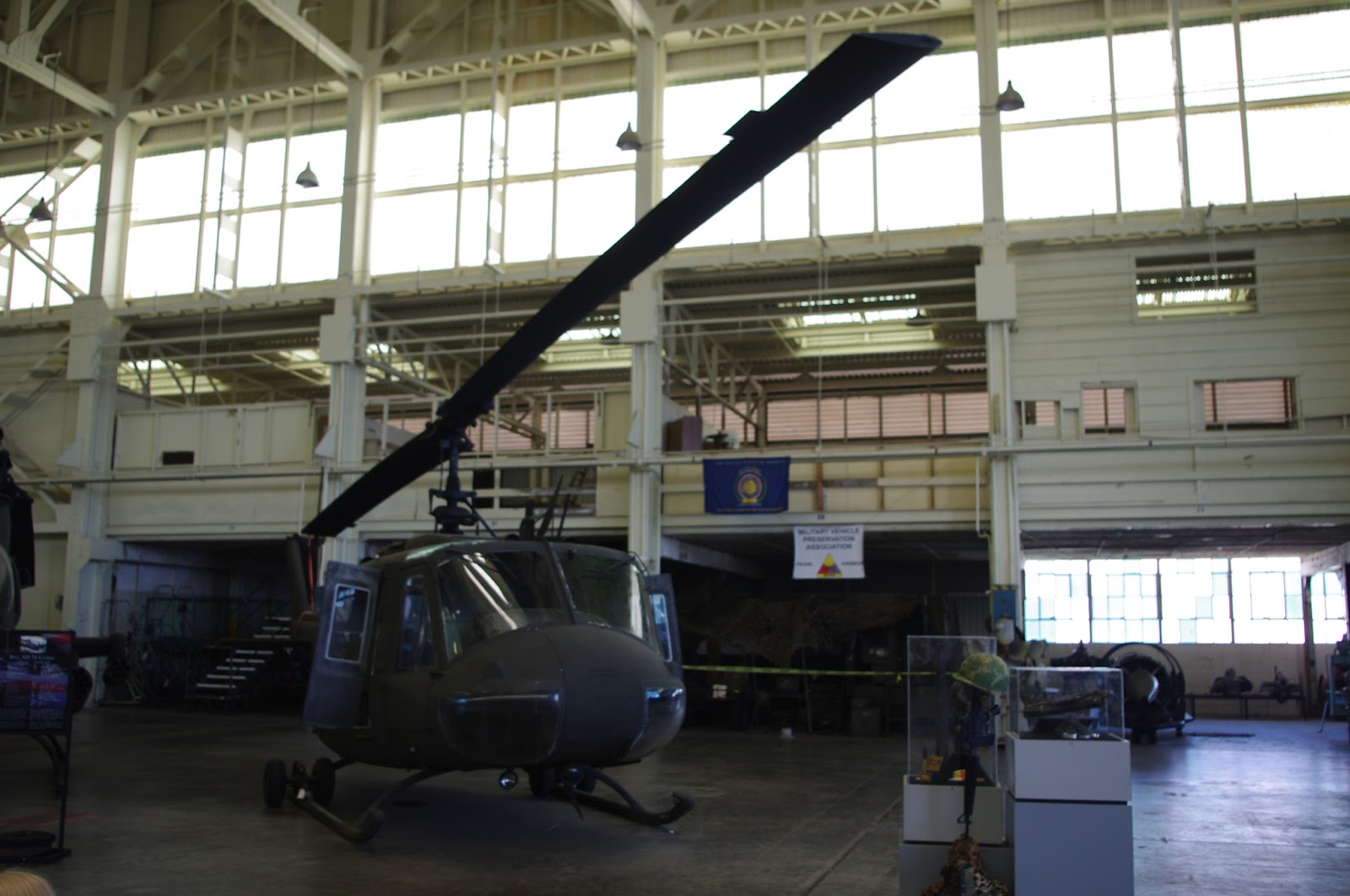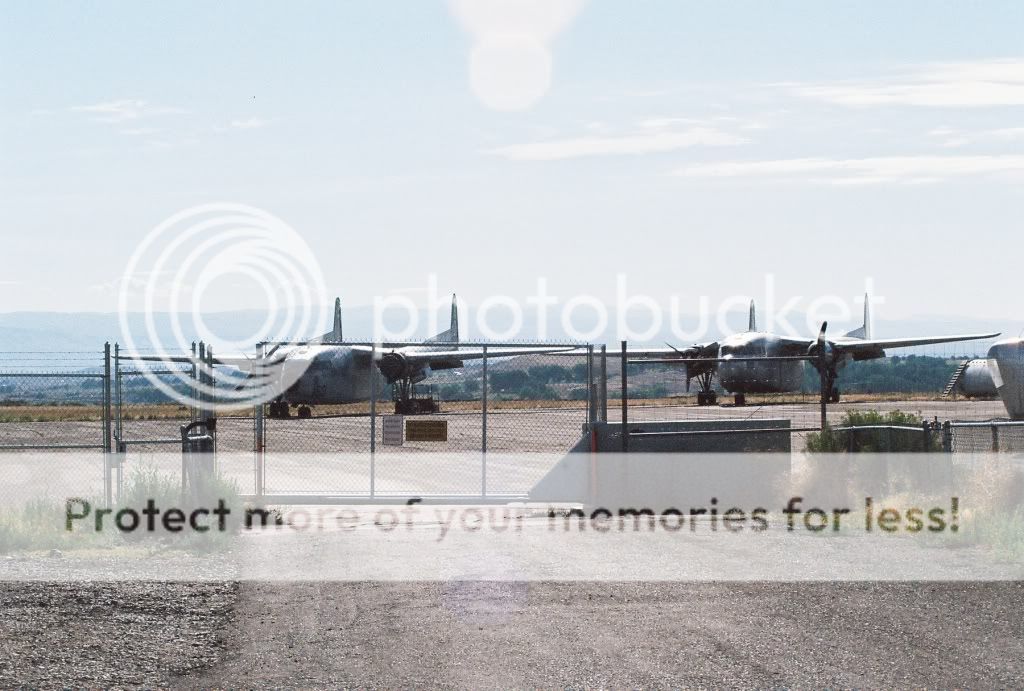Tuesday, June 17, 2025
Monday, November 4, 2024
Monday, February 19, 2024
Today In Wyoming's History: Major Gale "Buck" Cleven
Major Gale "Buck" Cleven
In the Apple TV series Masters of the Air, one of the characters is Maj. Gale "Buck" Cleven, who reports himself as being from Casper twice in the first episode.
Who was he, and was he really from Casper?
Clevens was born in Lemmon, South Dakota, on December 27, 1918, just after the end of World War One. His family moved to Casper when he was still a child, although I'm not certain when, as they moved first to Lusk, in 1920. He likely was a 1937 graduate from Natrona County High School, the only high school in Casper at the time (Natrona County had a second one in Midwest). Following graduating from high school, he attended the University of Wyoming while also working on drilling crews as a roughneck.
He did, in fact, move at some point to Casper, where he was employed as a roughneck on drilling crews. He used the money he earned to attend the University of Wyoming and was enrolled by the fall of 1937, presumably right after high school. His name appears in the social pages of The Branding Iron as having had a date attend the men's residence hall October dance. He was a guest of a different young lady at the 1939 Tri Delts Halloween sorority dance. The same year he was apparently in a fraternity, as he's noted as having attended the Phi Delta Theta dance with, yes, another young lady. In February 1939 he went to a fraternity dance with Nova Carter, whom I believe I'm related to by marriage. A year later, February 1940, he took a different gal to the same dance.
He left UW in 1941 to join the Army, intent on being a pilot. The October 21, 1943, edition of the UW Student Newspaper, The Branding Iron, notes him (inaccurately) as being stationed in North Africa and having received the Distinguished Service Cross, which he in fact did receive for piloting his badly stricken plane from Schweinfurt to North Africa, the flight path taken on that raid. This even is depicted in Masters of the Air. The Branding Iron noted that he had attended UW for three years. In June, 1944, the student newspaper reported him a POW. He's noted again for a second decoration in the March 2, 1944, edition, which also notes that he was a Prisoner of War.
As depicted in Masters of the Air, his B-17 was in fact shot down over Germany. He ended up becoming a POW, as reported in the UW paper, at Stalag Luft III for 18 months, after which he escaped and made it to Allied lines. He was put back in the cockpit after the war flying troops back to the United States.
Following the war, he was back at the University of Wyoming. He graduated from UW with a bachelor's in 1946. He apparently reentered the Air Force after that, or was recalled into service, and served in the Korean War, leaving the Air Force around that time.
He was on the Winter Quarter 1954 UW Honor Roll and obtained a Masters Degree, probably in geology, from UW in 1956. Somewhere in here, he obtained a MBA degree from Harvard and an interplanetary physics doctorate from George Washington University.
He married immediately after the war in 1945 to Marjorie Ruth Spencer, who was originally from Lander Wyoming. They had known each other since childhood. She tragically passed away in 1953 while visiting her parents, while due to join Gale at Morton Air Force Base in California. Polio was the cause of her death, and unusually her headstone, in Texas, bears her maiden name. Reportedly, her death threw Cleven into a deep depression. He married again in 1955, to Esther Lee Athey.
His post-war career is hard to follow. He flew again during the Korean War, as noted, which would explain the gap between his bachelors and master’s degrees, and probably his doctorate. He's noted as having served again during the Vietnam War, and also has having held a post at the Pentagon. He was in charge of EDP information at Hughes Aircraft. Given all of that, it's hard to know if an intended career in geology ever materialized, or if his World War Two service ended up essentially dominating the remainder of his career in the form of military service. The interplanetary physics degree would and employment by Hughes would suggest the latter. His highest held rank in the Air Force was Colonel.
Following retirement, he lived in Dickenson, North Dakota, and then later at the Sugarland Retirement Center in Sheridan. He died at age 86 in 2006, and is buried at the Santa Fe National Cemetery in Santa Fe, New Mexico, his marker noting service in three wars.
Thursday, June 11, 2020
Lex Anteinternet: June 11, 1970. Leaving Libya
June 11, 1970. Leaving Libya
Monday, May 25, 2020
Lex Anteinternet: A Memorial Day Reflection on the Second World War....

Saturday, July 28, 2018
The Hanger. Wardell Field, Bar Nunn, Wyoming.
This is, and isn't, what it appears to be.
This is "The Hanger", a restaurant in Bar Nunn, Wyoming. But originally it was what it looks like, an aircraft hanger.
Sunday, September 10, 2017
Hawker Sea Fury, Natrona County International Airport
These photographs are of a Hawker Sea Fury, one of the highest performance propeller aircraft ever made, at the Natrona County International Airport.
A beautiful, and amazing plane. This one in Royal Canadian Navy colors.
Sunday, August 20, 2017
Lex Anteinternet: Changing times. The centennial of the 94th Aero Squadron. August 20, 1917-2017
Nieuport 28s.
Monday, June 29, 2015
Thursday, July 4, 2013
Pacific Aviation Museum: F5
Pacific Aviation Museum: F5
This F5 is a former South Korean Air Force F5 Tiger. Eons ago, when I was in the National Guard, I had the experience of watching ROKAF F5s in a practice dogfight against USAF fighters, as the Korean jets attempted to break through an escort in order to take on a FB111. Quite the thing to see.
Pacific Aviation Museum: C-47
Pacific Aviation Museum: C-47
C47 that was used for air cargo, post war, and is now being rebuilt into its original configuration.
Thursday, March 14, 2013
Aircraft bone yard, Greybull Wyoming
More things you run into at the airport
Privateer, converted into a firebomber, in Greybull Wyoming, along with flying boxcar and the air liner version of the B29.
Back at the same airport, a couple of years later:
Former RCAF flying boxcar.
This is a Lockheed Electra, a classic aircraft that's associated with Amelia Earhart, as that's what she was flying on her tragic transglobe flight.



.jpg)












































